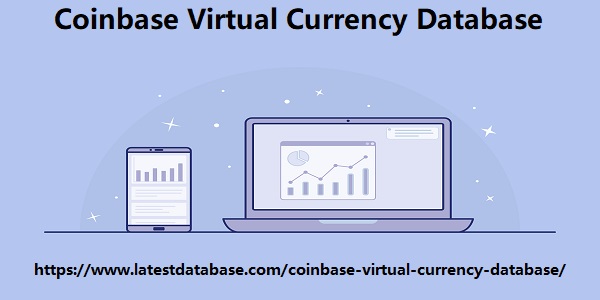Post by account_disabled on Feb 25, 2024 2:59:38 GMT -5
Unfortunately, some sites “hide” the email unsubscribe mechanism within the user's account on the site, requiring them to log in and then request unsubscribe on the web page. Ideally, your email marketing or newsletter should automatically identify the email address of the person who clicked on the opt-out link and unsubscribe immediately and automatically. After all, not everyone can immediately remember their username and password to access their account on the website and proceed with unsubscribing. If the person is doing this on their smartphone it is even less practical, especially when the website they need to access is not responsive. Just a headache. Strict control of the list of people who requested opt-out It is important to keep track of the people who opted out of email marketing, if possible, with the date and time the unsubscription was requested and fulfilled.
This list, of course, should not be used in any of the sender's email marketing sends, not even for a possible win-back action, which attempts to recover engagements that have been inactive for some time. Email marketing sending platforms already do this control naturally. Whenever someone clicks on the unsubscribe link in the marketing email sent by them, the platform changes the status of that email address to Coinbase Virtual Currency Database unsubscribed. Therefore, in the next sending, even if the sender wants to send the marketing email to the same mailing list, the addresses that requested unsubscription before will not receive this new email. But as brands often use two or even more email marketing platforms at the same time - for example, to send marketing emails, newsletters, e-commerce emails, etc. via different systems - it is common for mailings from these email systems to shipments are not integrated with each other.
[ ]
] [/
[/ ]
]
Thus, when the recipient opts out of an email that he received through sending platform A, he may continue to receive emails sent through email marketing platforms and C, used by the same sender. It is important to highlight that the unsubscribe must be global, of all emails sent by the sender. That's why it's important to keep all shipping systems integrated or fed into the same database, which keeps the recipients' receipt status unified. Have an email abuse@ and a postmaster@ to receive complaints The email abuse@example.com is another CAPEM recommendation . Both abuse@ and postermaster@ allow recipients and email providers to report abuse when sending messages, and it is necessary to opt-out or unsubscribe from people who report abuse in sending messages to these addresses. It is just not possible to create abuse@ and postmaster@ users in domains configured in Google Workspace , as Google already monitors these addresses in all domains registered in Google Workspace, that is, these are already reserved aliases.
This list, of course, should not be used in any of the sender's email marketing sends, not even for a possible win-back action, which attempts to recover engagements that have been inactive for some time. Email marketing sending platforms already do this control naturally. Whenever someone clicks on the unsubscribe link in the marketing email sent by them, the platform changes the status of that email address to Coinbase Virtual Currency Database unsubscribed. Therefore, in the next sending, even if the sender wants to send the marketing email to the same mailing list, the addresses that requested unsubscription before will not receive this new email. But as brands often use two or even more email marketing platforms at the same time - for example, to send marketing emails, newsletters, e-commerce emails, etc. via different systems - it is common for mailings from these email systems to shipments are not integrated with each other.
[
 ]
] [/
[/ ]
]Thus, when the recipient opts out of an email that he received through sending platform A, he may continue to receive emails sent through email marketing platforms and C, used by the same sender. It is important to highlight that the unsubscribe must be global, of all emails sent by the sender. That's why it's important to keep all shipping systems integrated or fed into the same database, which keeps the recipients' receipt status unified. Have an email abuse@ and a postmaster@ to receive complaints The email abuse@example.com is another CAPEM recommendation . Both abuse@ and postermaster@ allow recipients and email providers to report abuse when sending messages, and it is necessary to opt-out or unsubscribe from people who report abuse in sending messages to these addresses. It is just not possible to create abuse@ and postmaster@ users in domains configured in Google Workspace , as Google already monitors these addresses in all domains registered in Google Workspace, that is, these are already reserved aliases.
